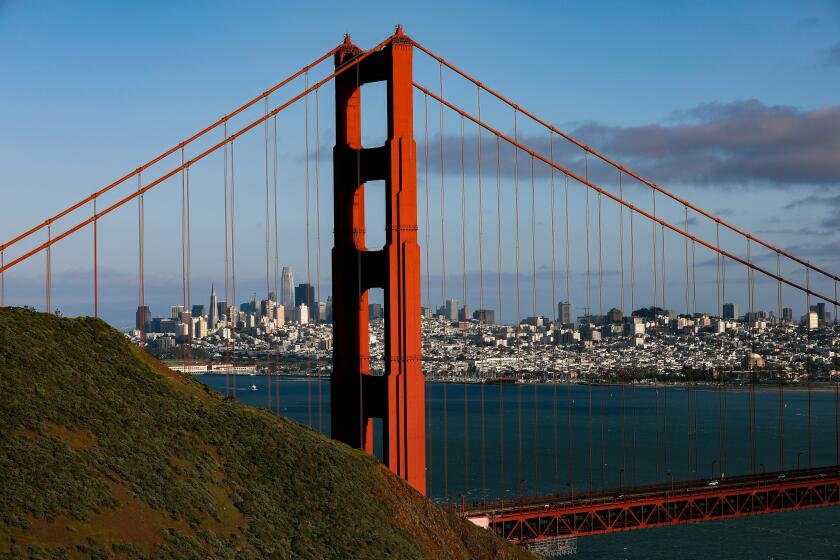Coronavirus Today: A more equitable vaccine line
Good evening. I’m Amina Khan, and it’s Friday, Feb. 12. Here’s the latest on what’s happening with the coronavirus, plus ways to spend your holiday weekend and a look at some of the week’s best stories.
Folks, this is my last day writing this newsletter, as I’ll be moving back to reporting on the coronavirus from The Times’ Science desk. Starting Tuesday — since we’ll be off Monday for the Presidents Day holiday — you’ll be in the capable hands of my colleague Thuc Nhi Nguyen.
I want to thank you all for taking the time to read and for sending in your thoughts, your criticisms, your tips and your questions. Over the course of the pandemic we’ve learned a lot about the virus, about the cracks it exploited in our society and about our own resilience in the face of it. I hope reading this newsletter helped you make sense of these overwhelming times as much as writing it helped me process them.
On to some news, and a major move on the California vaccine front: Starting next month, Californians age 16 or older who are disabled or at high risk for sickness and death from COVID-19 will be eligible to be vaccinated, state officials said Friday. The announcement comes after weeks of debate over who will be next in the line for precious doses of the vaccine, which remain in short supply, my colleagues Colleen Shalby and Sonja Sharp report.
The underlying conditions explicitly stated include cancer, chronic kidney disease of stage four or above, chronic pulmonary disease, Down syndrome, compromised immune system from solid organ transplant, pregnancy, sickle cell disease, severe obesity, Type 2 diabetes mellitus and heart conditions such as heart failure, coronary artery disease or cardiomyopathies (excludes hypertension).
The state also broadly defined eligible individuals as those who are likely to develop a severe life-threatening illness or death from a COVID-19 infection or are limited in their ability to receive ongoing care or services vital to their survival. These groups can begin getting the vaccine March 15, though Dr. Mark Ghaly, the state’s health secretary, did not provide details on what verification people would need to provide.
Officials estimate the move will make 4 million to 6 million people eligible for the vaccine, bringing the total number of eligible Californians to 17 million to 20 million, or about half the state. But supplies are still very limited — and based on current projections, it will be some time before California even comes close to meeting demand. Ultimately, it will be up to local providers to decide who gets the vaccine immediately and who may have to wait.
Still, Friday’s announcement was welcomed by advocates. “There’s no question that there’s going to be a lot of challenges, but there’s also no question that this new policy is dramatically better,” said Andy Imparato of Disability Rights California, who also serves on the state’s vaccine advisory committee. “This creates a safety valve for people under 65,” who may still face significant risk.
In some ways, experts said the new eligibility rule may help ease the racial disparities that have plagued the vaccine rollout. Many of the same factors that have made the pandemic more deadly in Black, Latino and Native American communities also create or intensify disabilities, so extending the current tier to include those with significant comorbidities would mean more doses reached hard-hit communities than in an age-based system, Imparato said.
“We can look on a map and say which ZIP Code has the most COVID cases — these are often the same communities that have higher rates of diabetes and other comorbid conditions,” said Dr. Kirsten Bibbins-Domingo, an epidemiologist and co-founder of the UC San Francisco Center for Vulnerable Populations. “But that type of language [around severe risk] is hard to implement, and programs that are hard to implement create problems with efficiency and problems with equity.”
She and other experts worry that requiring documentation could further stymie California’s already sluggish vaccination program. “We need to be careful about not splitting hairs about who’s disabled enough to get vaccinated,” said Dr. Alyssa Burgart, a bioethicist at Stanford. “It’s so easy to show what your age is. But there is immense variety in the type of disability that can place you at higher risk from COVID.”
Alice Wong, a disabled activist in San Francisco who created the hashtag #HighRiskCA in response to the state’s shifting vaccine priorities, agreed. “There are lots of people who don’t have a primary care provider” to provide documentation, she said. “We don’t need more hurdles.”
By the numbers
California cases and deaths as of 6:22 p.m. Friday:

Track California’s coronavirus spread and vaccination efforts — including the latest numbers and how they break down — with our graphics.

See the current status of California’s reopening, county by county, with our tracker.


What to read this weekend
Caught off-guard by COVID-19 in rural California
In Los Angeles, mask-wearing and social distancing have largely become accepted norms. Not so in rural Northern California, where skepticism of the virus’ severity and the vaccine’s effectiveness runs deep, my colleague Hailey Branson-Potts reports.
“We had a mindset like, ‘We’re not going to get it. That’s just in the cities,’” said Sonia Bravo, 34, who lives with her family just outside Corning on a tranquil two-acre plot from which they can gaze at snow-capped Mt. Shasta in the distance. As urban areas locked down last spring and people got sick and died from COVID-19, they felt far removed.
Then last summer, she and all eight family members in her home got sick: her husband, her 7-year-old twin boys, her parents, her two sisters and her brother. One sister, 18 years old, is believed to be the youngest Tehama County resident hospitalized with the virus. And her father, David, was hospitalized for 73 days, withering from a sturdy 200 pounds to a skeletal 89 pounds.
Now, the family hopes their story can be a cautionary tale for other skeptical rural Californians. “I want to tell people this virus does exist,” Bravo’s father David Marin, 56, said from his front porch, his soft voice accompanied by puffs from a portable oxygen tank. “It is true. It is true. You can catch it anywhere.”
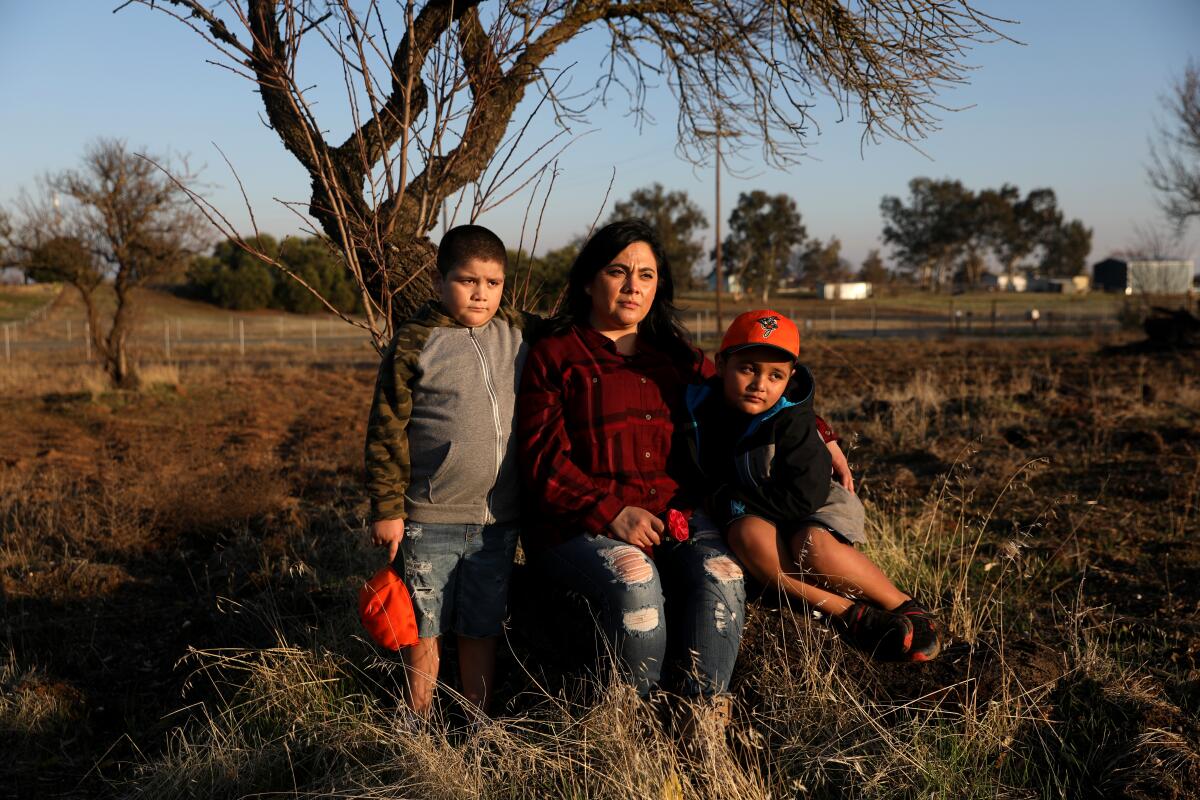
For matchmakers, business is booming
If the pandemic has you feeling lonely, you’re not alone: Matchmakers have been working overtime as the isolation of the last year has given single people time to reflect on what they want and sometimes redouble their efforts to find a partner. “I get a lot more people who are reaching out who are wanting to do the inner work,” said Evin Rose, an L.A.-based dating coach.
Hiring a dating expert has long been an option for singles in need of some extra help finding someone suitable for a long-term relationship. But in a world where bars are closed and bumping into a stranger is an anxiety-inducing event, even more singles have been willing to pay anywhere from a few hundred to tens of thousands of dollars for a coach, dating course or matchmaker, my colleague Arit John reports.
Dating experts say their new customers are more dedicated to finding a committed relationship and, in some cases, more open-minded when it comes to where a match is located. Social distancing has forced people to live more of their lives online, where potential matches are just a video chat away.
For years Julie Ferman, a longtime L.A.-based matchmaker, tried to set up a woman in La Jolla with a man in Pasadena who refused to date anyone “south of the South Bay.” That changed last spring, when the two met up for a socially distanced backyard date at a relative’s house. Thank the pandemic for reducing freeway traffic. “He was willing to drive down to Orange County to meet her, and she was willing to drive up north to meet him,” Ferman said — and they’re “madly in love” now.
He returns them to dust
Over the pandemic, we’ve talked a lot about first responders and their harrowing experiences with COVID-19. But we haven’t really dwelled on the burdens of last responders — folks like crematory operator Diego Pablo, whose job is to burn the bodies of the dead at Hollywood Forever Cemetery.
These workers haven’t experienced the relief of seeing COVID-19 patients recover, only families’ sorrow for ones who could not be saved, my colleague Brittny Mejia writes. Pablo has seen so much death over the years that he wonders if it’s changed him, forced him to build a protective wall. “When it hits us personally, I try to feel what these families feel. When you feel the pain and the tears. But nothing comes out. I feel nothing,” he said. “Sometimes I worry I have a hard heart…. I think that’s what’s helped me do this job for so long.”
For at least a decade, Pablo worked alone. But that was before the latest COVID-19 surge began in November, before Los Angeles County residents began dying at more than twice the typical rate, before officials temporarily suspended air-quality regulations that limit the number of cremations in order to address the backlog.
It was also before the virus swept through the one-bedroom apartment Pablo shared with his two cousins in December, keeping him home for weeks as the bodies kept coming — and before the disease claimed the life of one of his own loved ones. Read on to learn how the work of cremation has changed in the pandemic, and how last responders like Pablo are surviving it.
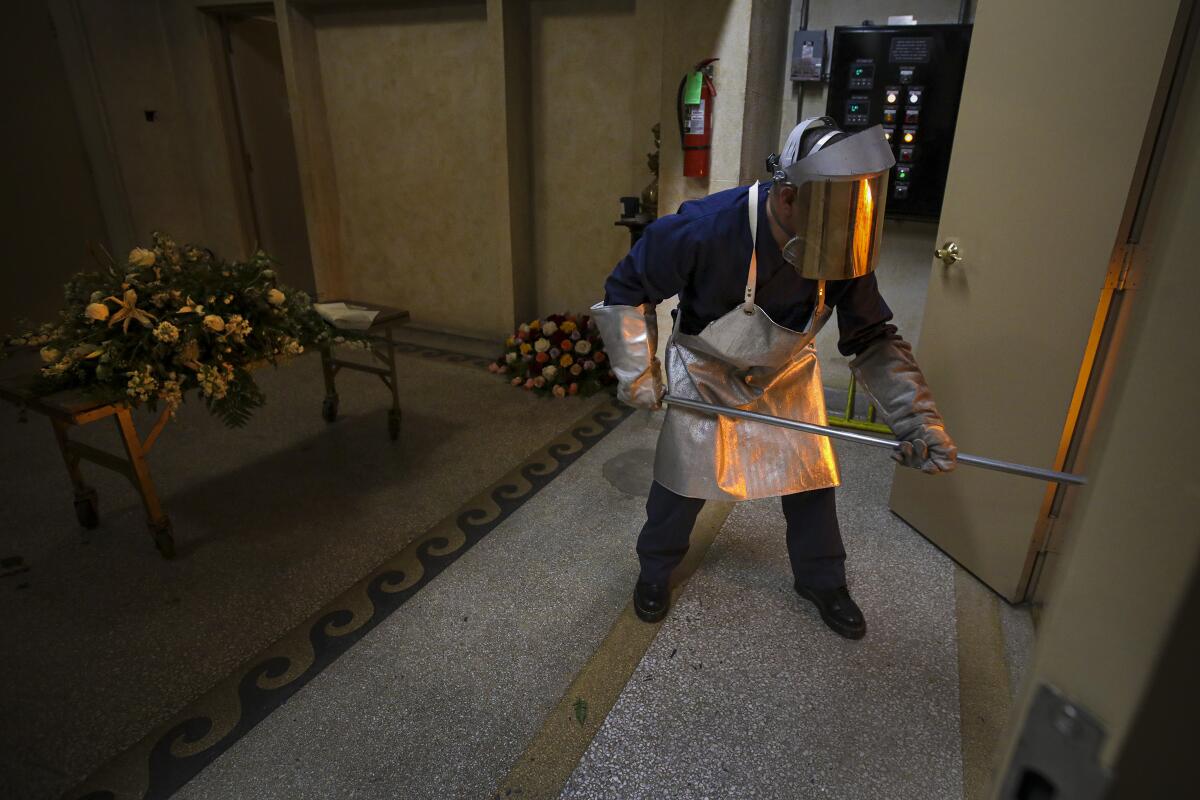
“We have this one shot”
Rene and Veronica Ramirez used to joke after a hectic day that they were “livin’ the dream.” Veronica, a pediatrician, was the daughter of a single mother from Dinuba, a rural Tulare County community; Rene, an emergency room physician, was the first in his family of farm and factory workers to graduate from college. Theirs is a large, multigenerational household. But when the pandemic hit, the Fresno couple’s dream put them at the center of a global catastrophe, my colleague Diana Marcum writes.
Then last month, they each received their second dose of a COVID-19 vaccine, becoming part of what could finally be a turning point in the pandemic. Recalling the moment later at home, Rene joked that he felt as if he had a new superpower, like out of one of his son’s cartoons. Then, to his shock, he began to cry. “I’m sorry — I don’t cry,” he said, and wept even more as Veronica comforted him.
As the vaccine brought a glimmer of hope, the darkness of the last year had cracked open. All the feelings that he had long pushed down suddenly welled up: the frustration, anger, gratitude and grief. The exhaustion. The fear that people would refuse the vaccine or that the delivery of the shots will falter.
“I want my kids to be able to do the things they want to do. I want us as a couple to do the things we want to do. I want our son to know his grandparents,” he said. “I want to go places. I want to hold my family the second I walk in the door. I want our life back…. And we have this one shot.”
A great sin of medical science, and its lasting scars
Tuskegee, Alabama, evokes feelings of both pride and pain — pride for its legendary Black airmen, and pain for the infamous government-backed healthcare experiment in which more than 600 Black men with syphilis were left untreated for decades so that researchers could watch the disease progress. More than two dozen with untreated syphilis died, and roughly 100 died of complications linked to it.
My colleague Kurtis Lee spoke with Omar Neal, whose uncle Freddie Lee Tyson, a carpenter, was one of those men. “These men believed so-called medical experts and were deceived,” said Neal, a lifelong resident of Tuskegee.
The betrayal shaped his uncle’s life. It may also be shaping residents’ attitudes toward government-led efforts to vaccinate Americans against COVID-19. “It takes a lot,” he said, “for this community to rebuild trust in healthcare.”
Lee spoke with residents of the town and family members of the men who were victims of this unethical experiment, offering a window into the history of unequal healthcare in the U.S., as well as into Black Americans’ hard-earned skepticism of a medical system that has too often harmed rather than healed.
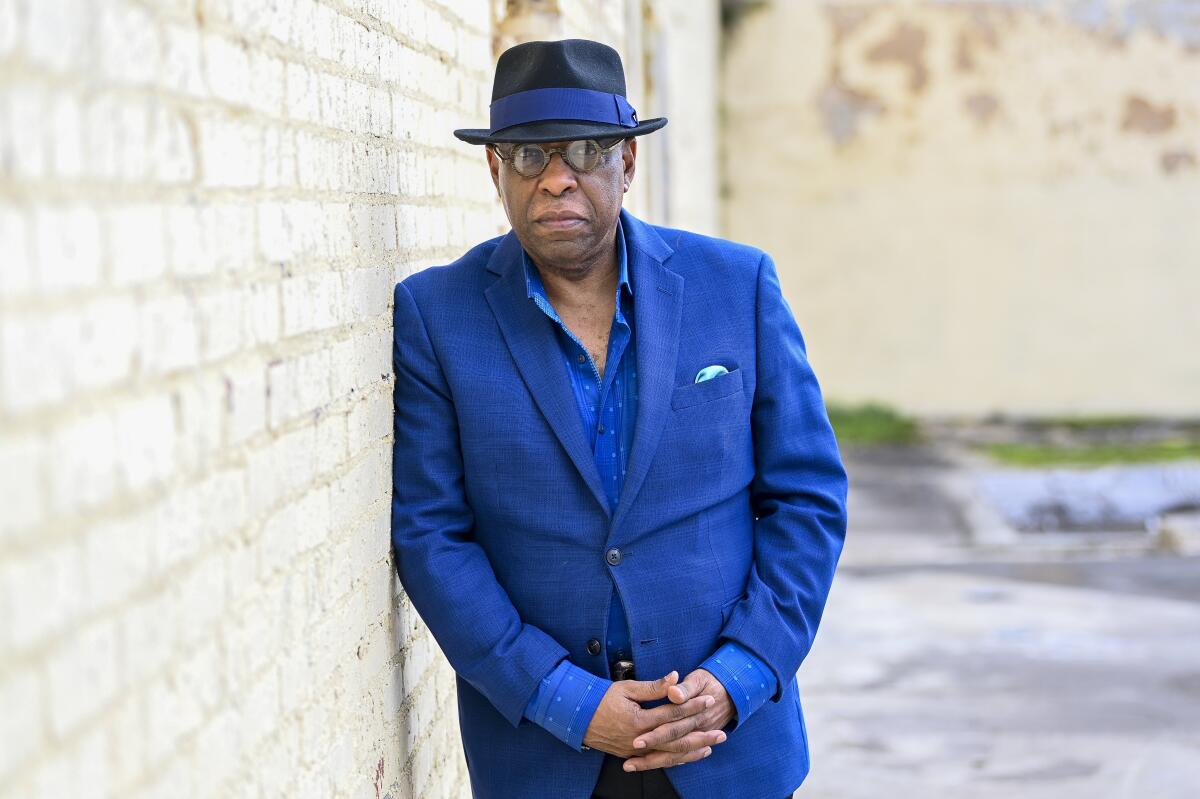
“Different faces of the same bad coin”
In Beirut, people are trapped between the ravages of the pandemic and a cratering economy, my colleague Nabih Bulos reports.
The country’s medical system is cracking under a post-holiday surge that has killed almost as many people in January alone as the virus killed over all of last year. Patients cram hospital corridors and spill into driveways. ICU units have hit capacity as the virus thins the ranks of overstretched medical personnel. People rush from pharmacy to pharmacy, plead with friends or turn to the black market for ventilators, medicines and baby milk.
In order to avoid the kind of devastation seen in Italy and Iran, the government has imposed its harshest lockdown since the beginning of the pandemic. But that has taken its own devastating toll, gutting an economy already on the brink. Public frustration with the restrictions boiled over last week in Tripoli, Lebanon’s second-largest city and also its poorest, where for four consecutive nights protesters stormed government buildings, set off fireworks and threw rocks as police lobbed canisters of tear gas.
The lockdown is set to end next week, despite warnings from medical officials that a hasty reopening could wipe out hard-won gains. But even they acknowledge that further economic pain could be just as lethal, especially in a country where more than half the population lives in poverty.
The dilemma underscores the grim calculus facing governments worldwide, especially in poorer nations. “We open, people die; we close, people die,” says Dr. Firass Abiad, who heads Lebanon’s primary public hospital treating COVID-19 patients. “If they’re not dying from COVID, they’re dying from hunger…. It’s just different faces of the same bad coin.”
Your support helps us deliver the news that matters most.
What to do this weekend
Get outside. Go on a nature hunt at Sand to Snow National Monument. A free 48-hour nature hunt started Friday — you can help in identifying plants and animals that call the national monument home. Or spend Valentine’s Day outdoors at Sherman Library & Gardens in Corona del Mar, which has decorated a spot with a bench, red and white lanterns and ornaments. It’s called Ruby Glow, and you can pause, snap an Instagram photo and enjoy. Subscribe to The Wild for more on the outdoors.
Watch something great. Our Valentine’s Day-themed weekend culture watch list includes “A Night in With Josh Groban,” in which the Grammy winner croons romantic favorites in a socially distanced performance filmed in Los Angeles. And in his Indie Focus newsletter’s roundup of new movies, Mark Olsen highlights “Judas and the Black Messiah,” the story of Fred Hampton, the young activist and Black Panther Party leader who was shot dead by law enforcement at age 21, and William O’Neal, the man who betrayed him to the authorities.
Eat something great. Ben Mims features some feel-good soup recipes for the long weekend, including French leek and potato. Sign up for our Cooking newsletter for more — including some recipes for meals to share with your favorite person.
Go online. Here’s The Times’ guide to the internet for when you’re looking for information on self-care, feel like learning something new or interesting, or want to expand your entertainment horizons.The pandemic in pictures
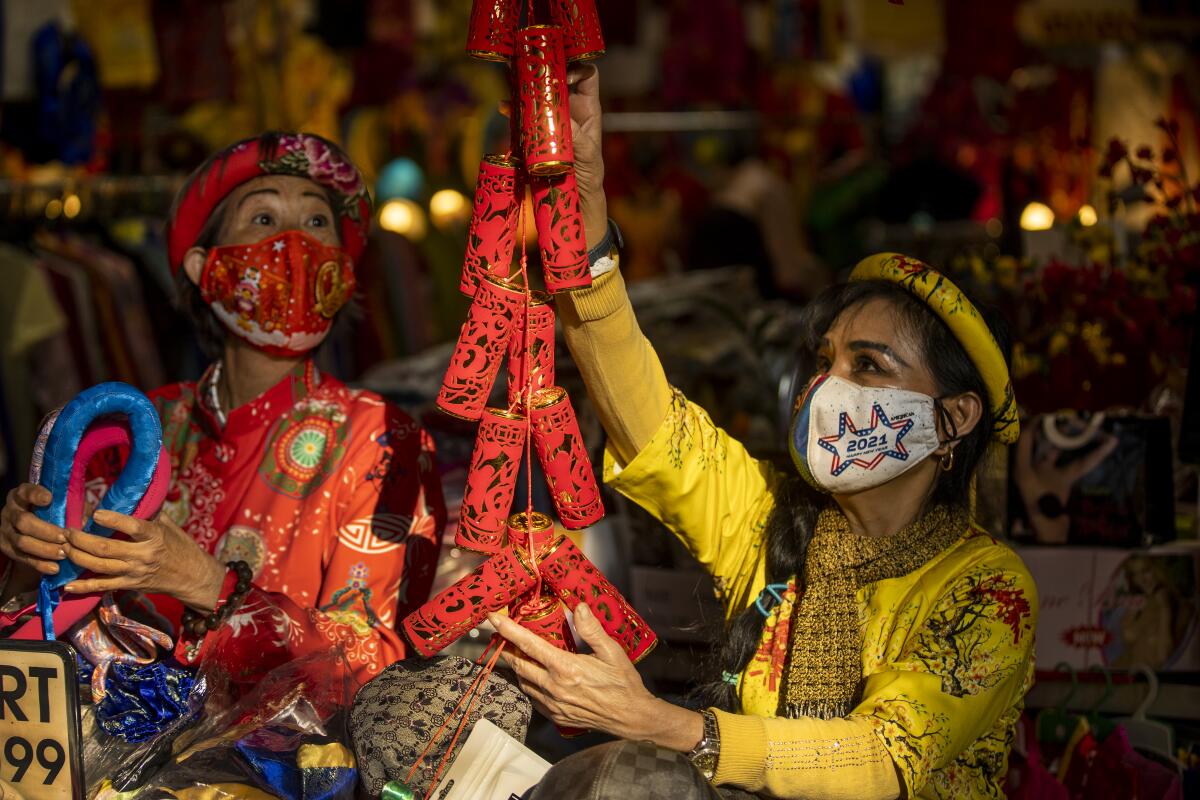
California’s cases, hospitalizations and deaths are steadily falling from their overwhelming heights during the latest coronavirus surge, prompting some optimism that the state is headed in the right direction. But officials also offered fresh warnings that this holiday weekend could turn those positive trends right back around if the public lets its guard down.
It’s a long weekend marked by three different occasions: the Lunar New Year on Friday, Valentine’s Day on Sunday and Presidents Day on Monday. It’s no wonder health officials are worried that folks will, against their advice, gather for celebrations or get-togethers and further fuel the spread of the virus even as new and troubling variants circulate through the region.
Time — and future case numbers — will tell whether people abide by the guidance. In the meantime, holiday preparations continue. I was struck by this vibrant image that Times photographer Allen J. Schaben shot of Dieu Ngo and Que Anh, masked as they sell traditional Vietnamese clothing and decorative firecrackers ahead of the Lunar New Year at the Asian Garden Mall in Little Saigon on Wednesday. May it also bring a little brightness to your day.
Resources
Need a vaccine? Keep in mind that supplies are limited, and getting one can be a challenge. Sign up for email updates, check your eligibility and, if you’re eligible, make an appointment where you live: City of Los Angeles | Los Angeles County | Kern County | Orange County | Riverside County | San Bernardino County | San Diego County | San Luis Obispo County | Santa Barbara County | Ventura County
Practice social distancing using these tips, and wear a mask or two.
Watch for symptoms such as fever, cough, shortness of breath, chills, shaking with chills, muscle pain, headache, sore throat and loss of taste or smell. Here’s what to look for and when.
Need to get tested? Here’s where you can in L.A. County and around California.
Americans are hurting in many ways. We have advice for helping kids cope, resources for people experiencing domestic abuse and a newsletter to help you make ends meet.
For our most up-to-date coverage, visit our homepage and our Health section, get our breaking news alerts, and follow us on Twitter and Instagram.


